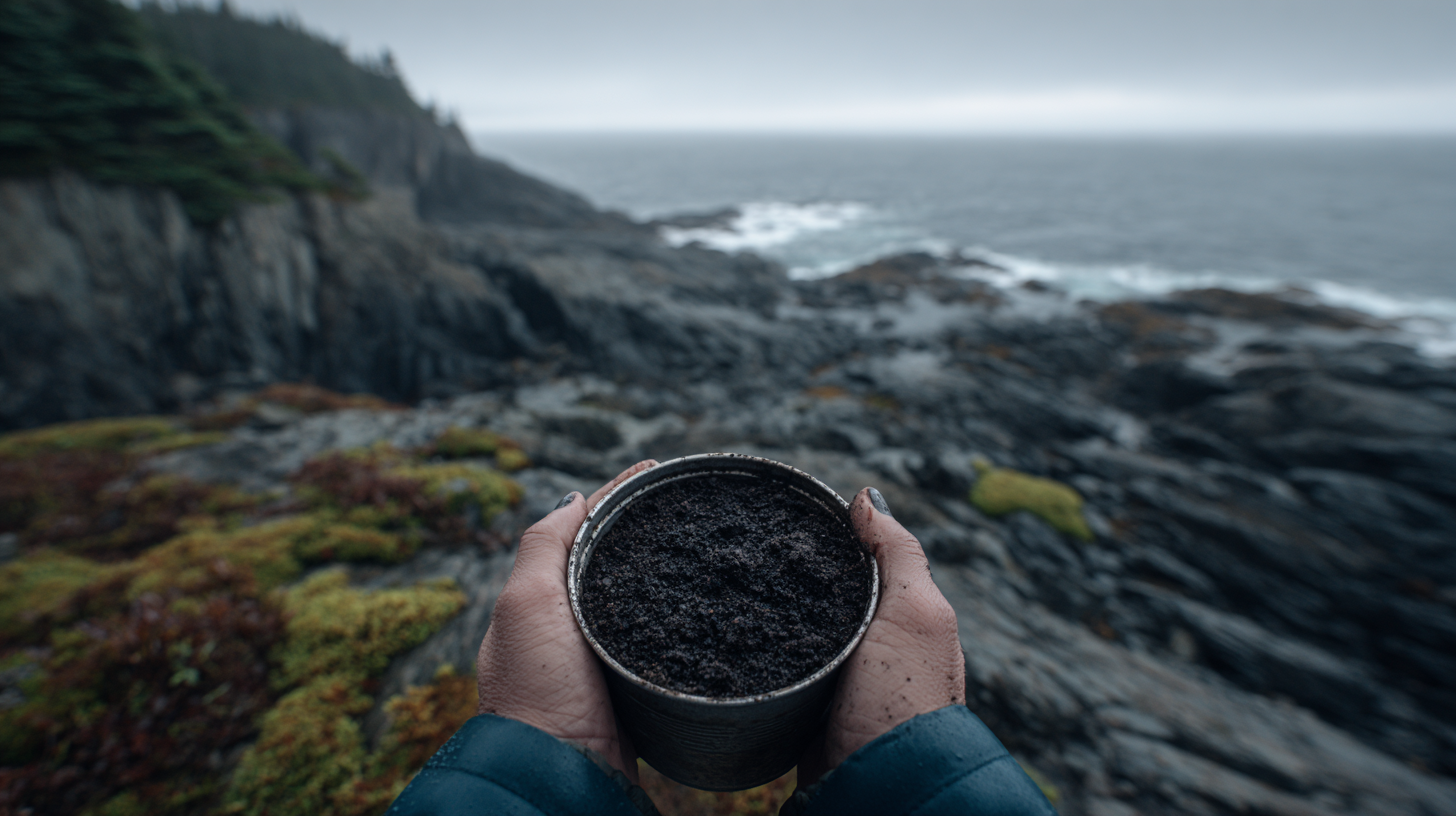Soil Testing for Lawns: Newfoundland's Essential Guide

Learn how soil testing for lawns in Newfoundland ensures balanced N, P, K levels and optimal pH for new sod or seed. Get step-by-step tips now.
Soil Testing for Lawns: Newfoundland's Essential Guide
Introduction
If you live in Newfoundland, you've likely wrestled with rocky, acidic soils that make establishing a lush, cool-season lawn feel like an uphill battle. Skipping a soil test before laying sod or seed is a bit like playing darts blindfolded--you might hit a few pins, but mostly you're throwing money away. In this guide, I'll walk you through the science-backed steps for soil testing in Newfoundland, so you'll know exactly what your soil needs before you ever spread fertilizer or lime. By pinpointing N, P, K levels and pH, you'll give Kentucky bluegrass, fescue, or ryegrass the best start possible. Follow these straightforward tips and you'll save time, avoid common pitfalls, and watch your new lawn flourish.
Problem Identification
Newfoundland's unique soil profile often leads to poor turf establishment. Here's why sod and seed can struggle:
Acidic Soil (pH < 6.0): Limits nutrient availability and slows root growth.
Low Fertility: N, P, K levels often fall below what cool-season grasses need.
Rocky, Compacted Ground: Hinders water retention and root penetration.
Guesswork Fertilizing: Over- or under-application wastes money and harms grass.
Why Soil Testing Matters
Understanding N, P, K
Nitrogen (N): Fuels leafy growth and green color. It's mobile in soil and leaches in heavy rain, so apply only what you need.
Phosphorus (P): Builds strong roots--crucial when you're establishing new turf. Most soils have enough, but Newfoundland's acidic soils often lock it up.
Potassium (K): Boosts disease resistance and stress tolerance, helping grass survive our cool, wet springs.
The Role of pH & Biological Activity
Turfgrass thrives in a slightly acidic to neutral pH range (6.0-6.5). Outside that window, nutrients get tied up and soil microbes slow down, making fertilizer less effective. Adjusting pH with agricultural lime unlocks those nutrients and revs up soil life.
Organic Matter & Soil Structure
Rocky ground with low organic matter drains too fast in summer and turns into a swamp in spring. Mixing compost or well-rotted manure into the top 4-6 inches improves water retention, aeration, and gives young roots a softer start.
How to Test Your Soil
Collect Samples: Using a soil probe or spade, take 6-8 cores 4-6 inches deep from different spots in your lawn area.
Mix and Package: Combine cores in a clean bucket, remove debris, and fill the lab's sample bag with 1-2 cups of soil.
Select Tests: Request analysis for pH, organic matter, and available N, P, K. Newfoundland labs or extension services (like Memorial University's Gardening Information) typically offer these.
Submit & Wait: Mail samples or drop them off. Results usually arrive in 2-3 weeks.
Interpreting and Acting on Results
Lime and pH Adjustment
When to Lime: If pH is below 6.0, apply lime at rates recommended by your lab. Spread evenly with a drop or broadcast spreader in late summer or early fall. Remember, lime can take several months to fully adjust pH.
Customized Fertilizer Applications
Use the report's N, P, K recommendations rather than a generic lawn blend:
Starter Fertilizer for Seed: Low N, higher P ratio (e.g., 10-20-10).
Sod Fertilizer: Balanced N-P-K (e.g., 12-12-12) based on deficiency levels.
Follow Local Rules: Newfoundland may restrict phosphorus in certain areas--double-check municipal regulations.
Amending Rocky, Low-OM Soil
Before you seed or sod:
Spread 1-2 inches of compost over the area.
Till or rake it in to a depth of 4-6 inches to break up compaction and improve rooting zones.
Timing, Frequency & Best Practices
Best Time to Test: Late summer to early fall--soil is warm, microbial life is active, and you'll see results before planting.
Re-Test Frequency: Every 2-3 years, or before any major fertilizer program.
Record Keeping: Maintain a log of test dates, results, and amendment rates. Future you will thank you.
Prevention & Long-Term Care
Always test before the first fertilization or lawn establishment.
Choose cool-season mixes suited to acidic, rocky soils--Kentucky bluegrass, fine fescue, and perennial ryegrass blends work well.
Avoid the "more is better" fallacy. Excess fertilizer can burn new grass and pollute waterways.
Safety and Regional Regulations
Handling Lime and Fertilizer: Wear gloves, eye protection, and a dust mask when spreading.
Environmental Care: Follow label rates to prevent runoff. Adhere to local bylaws on phosphorus application to protect Newfoundland's waters.
Conclusion
Skipping a soil test in Newfoundland's challenging terrain is like driving with your headlights off. By taking a few samples and sending them to a lab, you'll gain precise insights into pH, N, P, and K--critical info that saves time, money, and heartache. A targeted lime and fertilizer plan, paired with compost for rocky ground, sets the foundation for a healthy cool-season lawn. Test every few years, keep clear records, and choose grass varieties built for our climate. Next time you're gearing up to lay sod or spread seed, remember: a soil-first approach is the secret to a lawn you'll proudly show off to the neighborhood.